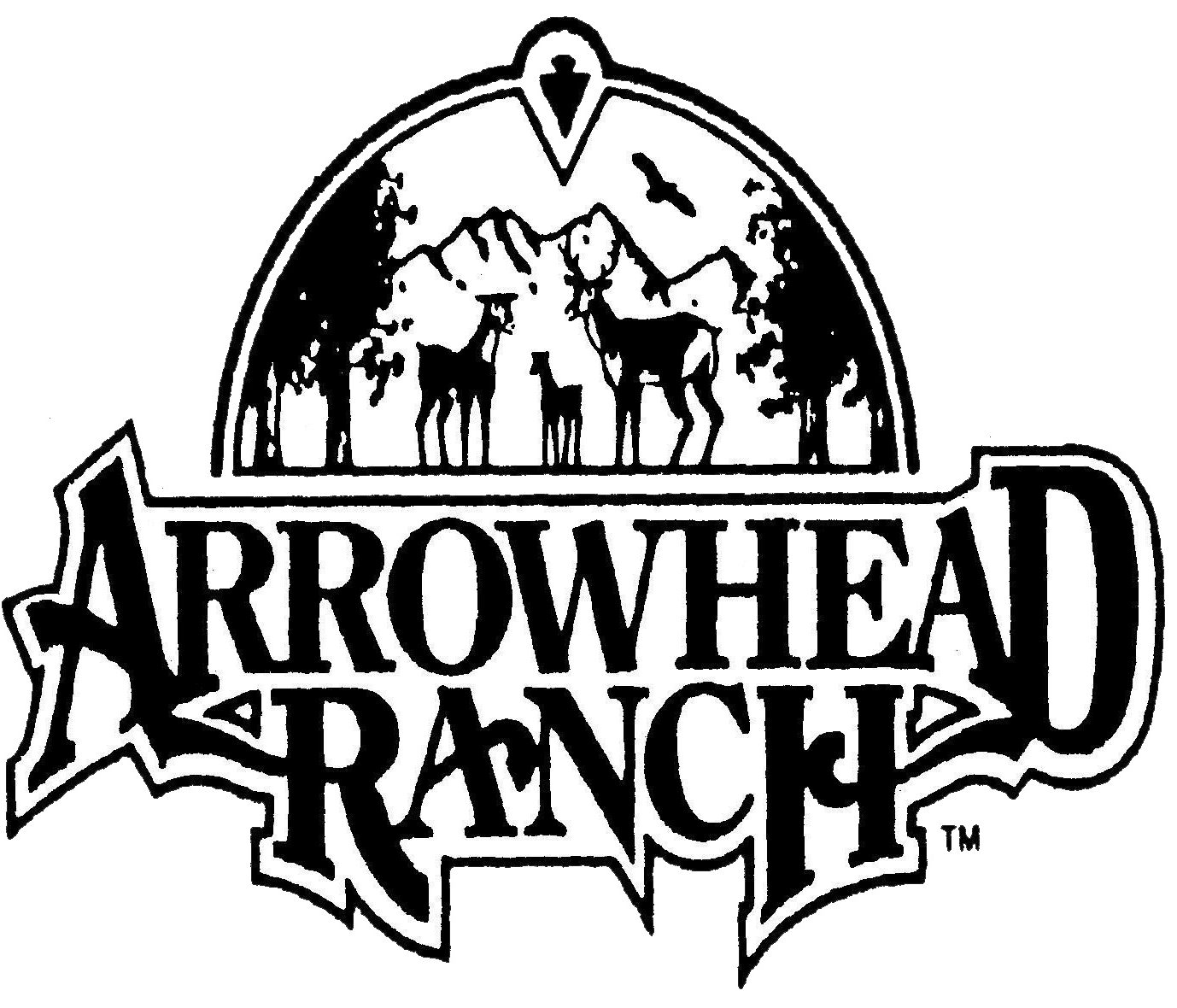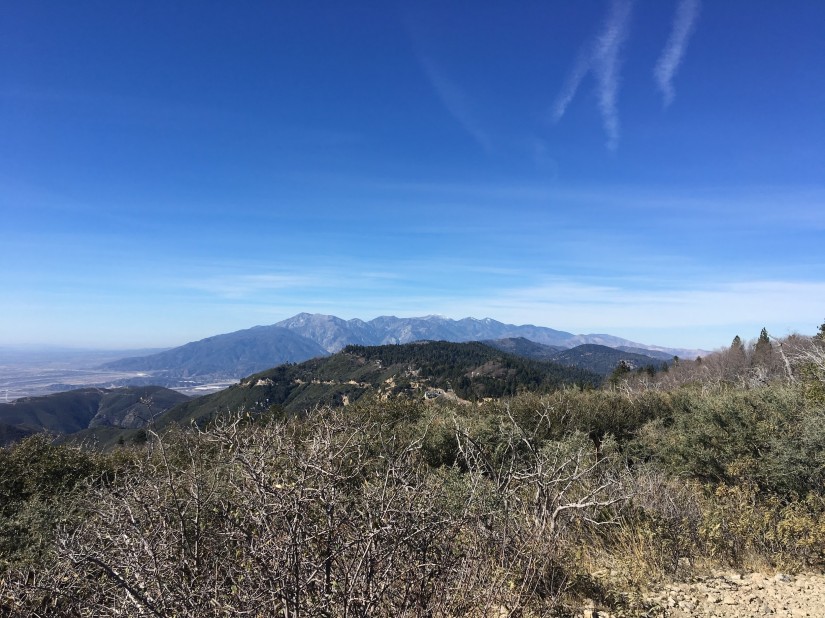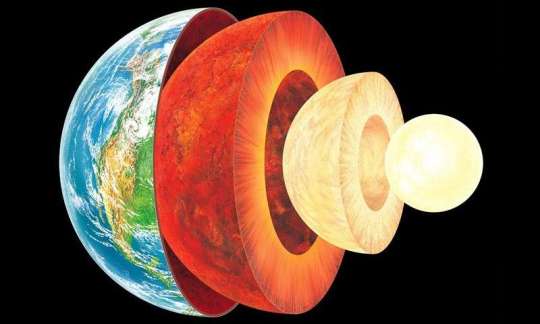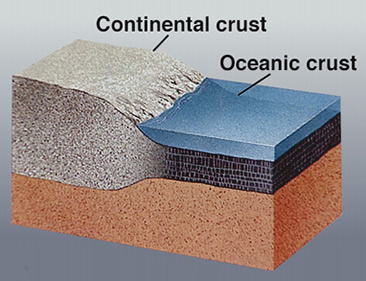Water is an essential component to life and the development of life. Our bodies are one of the most complex systems anatomically known. It’s no coincidence that the two go hand in hand. Our bodies need water to survive and it is a balance, not too much, not too little. This balance can be altered by external and internal forces. External forces can include issues such as wind or elevation. Internally or balance of hydration can be effected by medical conditions or even the food we have eaten or how much of it we ate. Let’s explore how these variables can possibly effect how we feel and operate here in the mountains of Sunny San Bernardino. Get you pencils and a notebook kids. Prepare to learn about the ways your body operates with hydration in altitude and elevation.
First, let’s realize a few facts about water. We know it’s essential to our wellbeing and health but in what ways? Water helps us tolerate heat, altitude and cold. Have you ever been in the gym doing a sit up and think “wow, 60% of me is water.” That’s almost equivalent to the earth which is composed of about 71% water. When our bodies have too little water though it can lead to what we call dehydration. Essentially dehydration is a lack of water. This lack of water can exhibit itself in multiple ways such as, weakness headaches, irritability, nausea and vomiting. Patients can even experience signs and symptoms of shock and a change in mental status.
So now that we understand the issues of dehydration you are probably saying “So Toast how are we supposed to be able to avoid dehydration?” Well, have no fear. It’s easy to ward off dehydration. Much like most medical problems the main principle is prevention. Thirst, in fact, is a great determiner of when to drink. It turns out our bodies are pretty good at regulating our necessary water intake. Some individuals think it’s important to add salt or sugar to their water. But if you are eating a well-balanced diet this isn’t the case. When rehydrating be sure to avoid caffeinated drinks such as tea, coffee or alcohol, as these will only deplete water from your system. Keep in mind when hydrating cool water is also absorbed faster than hot water. So now you are probably saying “wow Toast you’re really smart!” Nonsense, I didn’t learn all of these things by myself. Science taught us the principles of dehydration. One last note on dehydration. It can take time to become dehydrated. So consequentially it can take some time to become rehydrated. An individual who is severely dehydrated may even need help from a hospital with intravenous fluid therapy.
Here at Arrowhead Ranch one of the most common issues we see with our students is dehydration. This can affect their time here at camp and possibly make what could be a really fun experience less than enjoyable. We tell the students the first day that they need to drink 5 bottles a day to feel “normal”. I advise that any student coming up to camp brings a reusable water bottle. We do provide water bottles, but a personal water bottle helps teach responsibility, can hold more than 8 ounces and is better for the environment. Our cabin leaders and naturalists help promote drinking water by giving beads for each 5 bottles a student drinks each day. The best thing to do is to educate the students and encourage them to drink water.
Written By: Toast





 Now let’s start with that pile of rocks we were talking about, geologists (scientists who study the Earth and its processes) call this outermost layer of the the Earth our crust. Just like a pizza, but probably not as tasty and definitely not as cheese! We have two different types of crusts here on Earth: oceanic and continental. Oceanic crust is the layer of rock that sits beneath our big beautiful oceans. This layer is made up of basalt, an igneous rock formed the cooling of lava. Basalt rock is composed mostly of silica, magnesium, and iron. This crust ranges from roughly 3 to 5 miles in thickness. Our continental crust
Now let’s start with that pile of rocks we were talking about, geologists (scientists who study the Earth and its processes) call this outermost layer of the the Earth our crust. Just like a pizza, but probably not as tasty and definitely not as cheese! We have two different types of crusts here on Earth: oceanic and continental. Oceanic crust is the layer of rock that sits beneath our big beautiful oceans. This layer is made up of basalt, an igneous rock formed the cooling of lava. Basalt rock is composed mostly of silica, magnesium, and iron. This crust ranges from roughly 3 to 5 miles in thickness. Our continental crust  on the other hand, is made up mostly of granite, an igneous rock formed from the cooling of magma. Granite rock is composed mostly of silica, aluminum, potassium and calcium. This crust can is made up of valleys and mountains so it can reach thicknesses up to 25 miles! Much like how our pizza crust is broken into different slices, Earth’s crust is broken into pieces we call tectonic plates. We have seven major, large, plates and many minor, small, plates, that pieced together make up the crust of our Earth.
on the other hand, is made up mostly of granite, an igneous rock formed from the cooling of magma. Granite rock is composed mostly of silica, aluminum, potassium and calcium. This crust can is made up of valleys and mountains so it can reach thicknesses up to 25 miles! Much like how our pizza crust is broken into different slices, Earth’s crust is broken into pieces we call tectonic plates. We have seven major, large, plates and many minor, small, plates, that pieced together make up the crust of our Earth. 